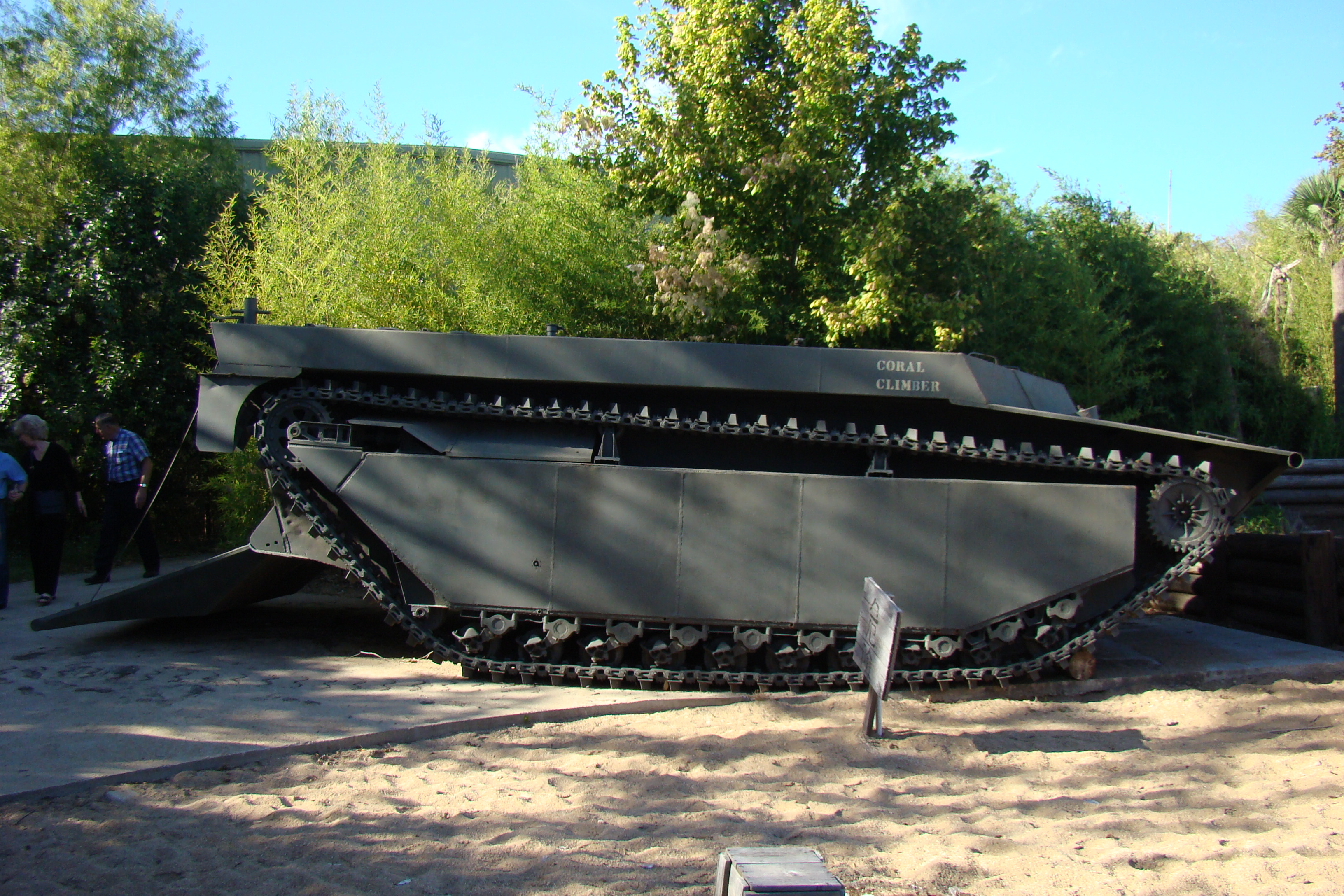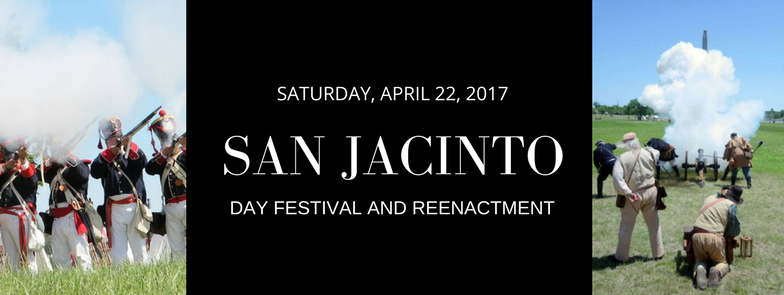Howdy folks, it’s good to talk to you again. If you’ve followed my advice, then you have already planned your trip to Fredericksburg, and by now you’re probably wanting a tip on where to eat. Well, I’ve got you covered on that as well. For breakfast and lunch, the best place in town is the Old German Bakery and Restaurant.
I’m not a tourist snob, as a matter of fact, when I travel I make a point of stopping at the cheesy “tourist” establishments. From dining destinations to souvenirs, I am an unapologetic lover of everything kitsch, but at some point on my vacation I am going to want an awesome meal. It is for that reason that I always believe in going where the locals eat, and that’s how my wife and I chose to eat at the Old German Bakery and Restaurant for the first time.  It’s definitely a favorite with the locals, but if you’re going for breakfast I suggest you go early (they open at 7:00am), or plan on waiting a bit for a table, because many of the good citizens of Fredericksburg make this café their first stop before work each morning.
It’s definitely a favorite with the locals, but if you’re going for breakfast I suggest you go early (they open at 7:00am), or plan on waiting a bit for a table, because many of the good citizens of Fredericksburg make this café their first stop before work each morning.
If you’re anything like me, then you believe every good breakfast has to start with an excellent and bottomless cup of coffee, and I promise you will not be disappointed on this score, as their coffee is strong and the wait staff make sure you never see the bottom of your cup. So, now that the most important issue has been settled, lets move on to the food.
Breakfast, as they say, is the most important meal of the day, but at the Old German Bakery and Restaurant, it is the most delicious. Their Eggs Benedict is the best I have ever tried, and I’ve had Eggs Benedict in some of the finest establishments around.  For something on the sweeter side, try the German pancakes, a thin crispy cake covered with powdered sugar and drizzled with a little lemon juice.
For something on the sweeter side, try the German pancakes, a thin crispy cake covered with powdered sugar and drizzled with a little lemon juice.
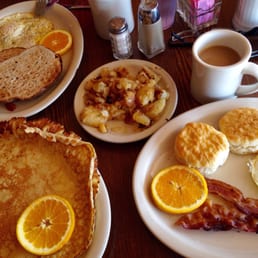 They also provide typical breakfast fare such as; bacon, eggs, waffles, and omelets that are just as good as you’d expect from a small-town café. But wait there’s more, and I’ve said the best for last. Like the name implies, they are also a bakery, and they have the best selection of pastries, Kolaches, and fresh bread
They also provide typical breakfast fare such as; bacon, eggs, waffles, and omelets that are just as good as you’d expect from a small-town café. But wait there’s more, and I’ve said the best for last. Like the name implies, they are also a bakery, and they have the best selection of pastries, Kolaches, and fresh bread 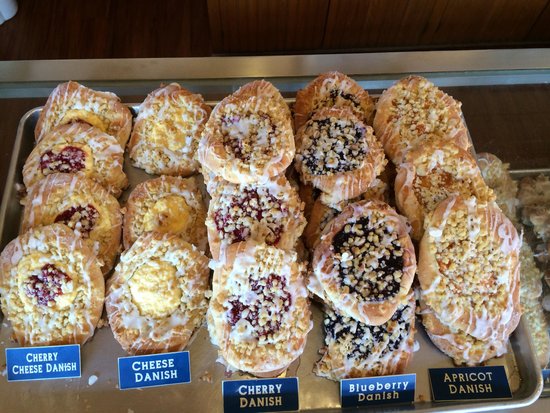 that I have ever seen in one place. For a day full of hiking, antiquing, shopping, and exploring, you need to fuel up, and you absolutely cannot go wrong by starting your day at the Old German Bakery and Restaurant.
that I have ever seen in one place. For a day full of hiking, antiquing, shopping, and exploring, you need to fuel up, and you absolutely cannot go wrong by starting your day at the Old German Bakery and Restaurant.
But maybe you’re saying, “Hey, John, that sounds great, but I’m looking for a place for lunch. I want a juicy burger, or hey, I’m in Fredericksburg and I want some German food.” Well, not to fear, they’ve got you covered here, too.
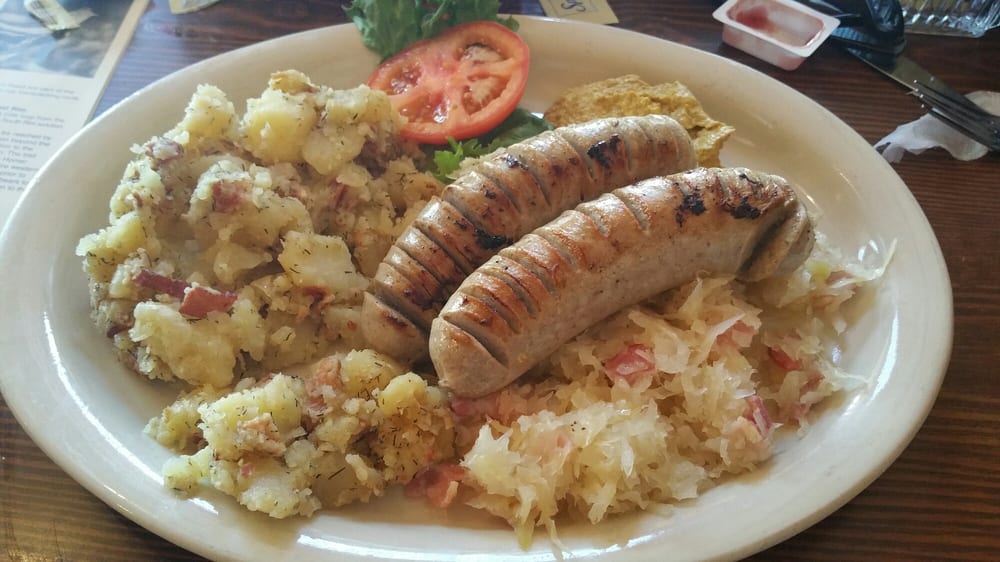 Around town it is well known that they have the best burgers around, and that no brag, just fact. You will never go wrong by sampling some of the local German Fare, and the Old German Bakery and Restaurant provides a huge assortment of schnitzel, wurst, and German sides.
Around town it is well known that they have the best burgers around, and that no brag, just fact. You will never go wrong by sampling some of the local German Fare, and the Old German Bakery and Restaurant provides a huge assortment of schnitzel, wurst, and German sides.  I would suggest a leisurely stroll around town after lunch, because the portions are large and filling, and besides, it’s always good to have another excuse to enjoy beautiful downtown Fredericksburg.
I would suggest a leisurely stroll around town after lunch, because the portions are large and filling, and besides, it’s always good to have another excuse to enjoy beautiful downtown Fredericksburg.
The Old German Bakery and Restaurant is open daily from 7am until early afternoon. Prices for breakfast are under $10.00 a plate, and lunches are all under $15.00.
As always, I appreciate your readership and your support means more to me than you could possibly know, so get out there and enjoy all that the great state of Texas has to offer. I’ll see you down the trail.
©05/07/2017
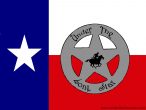
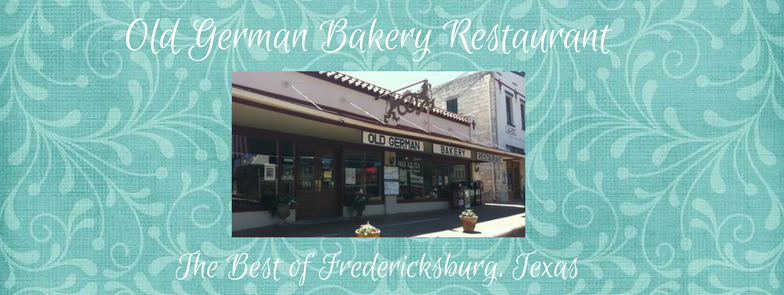




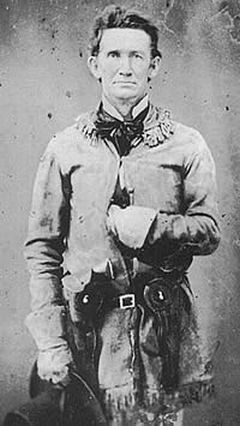



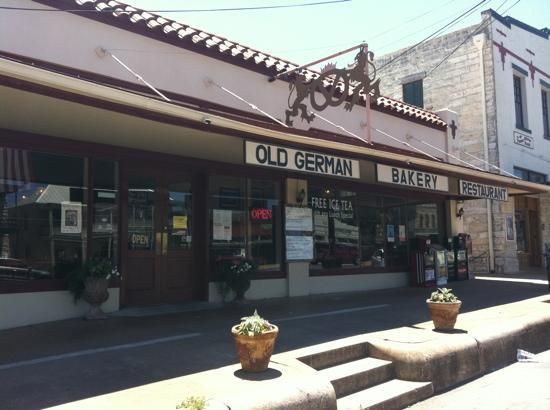 , where, unless you’re an especially earlier riser, you’ll have to wait at least a few minutes for a table. Don’t let that deter you though, it’s well worth the wait.
, where, unless you’re an especially earlier riser, you’ll have to wait at least a few minutes for a table. Don’t let that deter you though, it’s well worth the wait.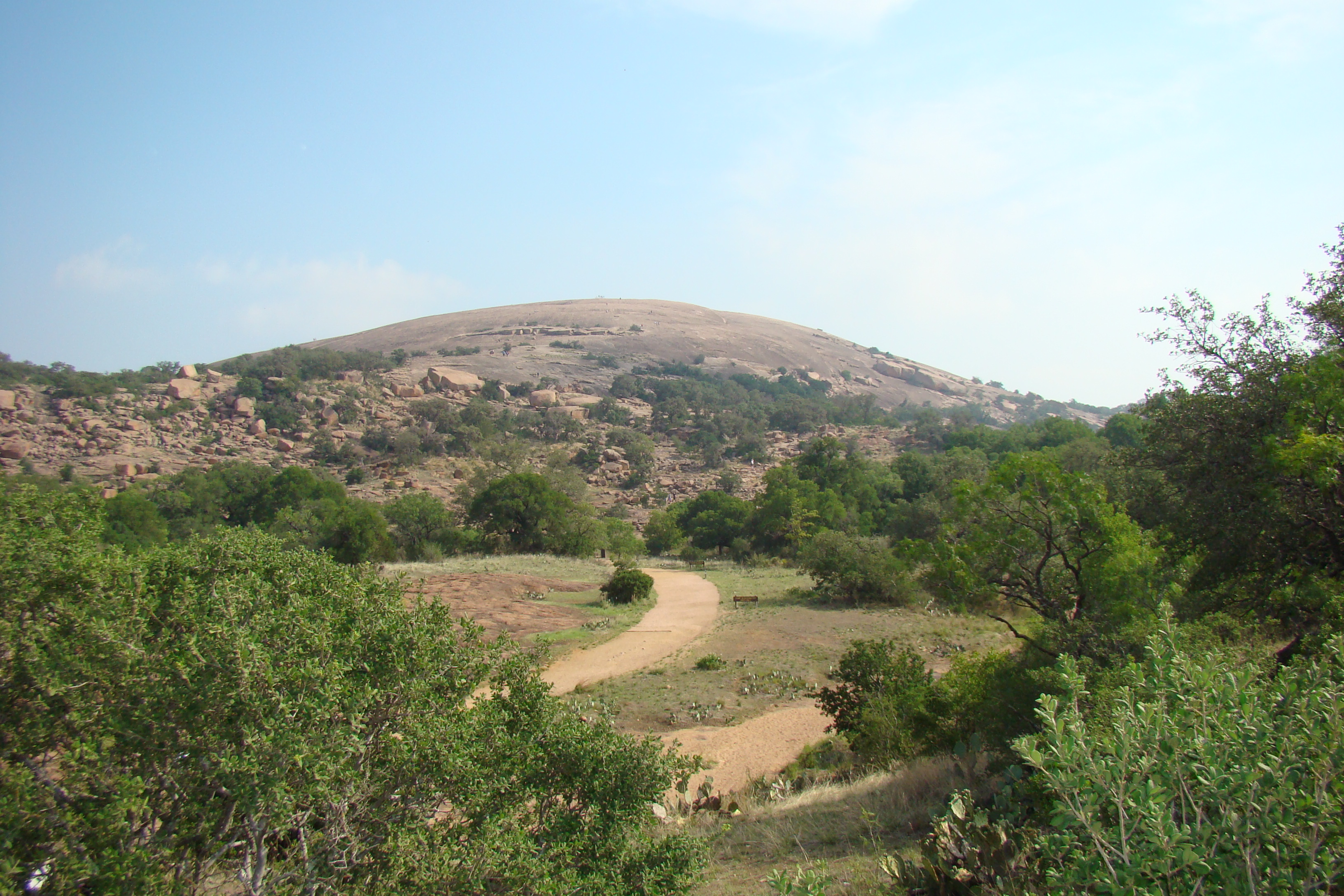

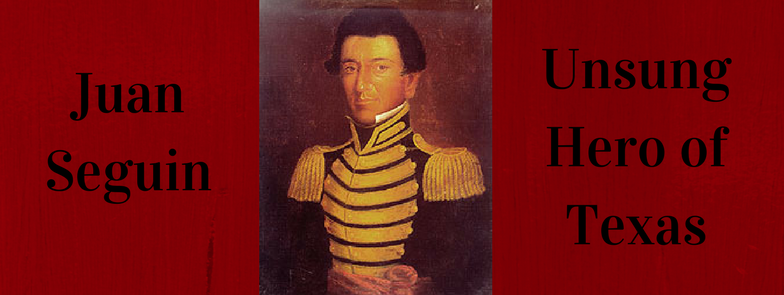


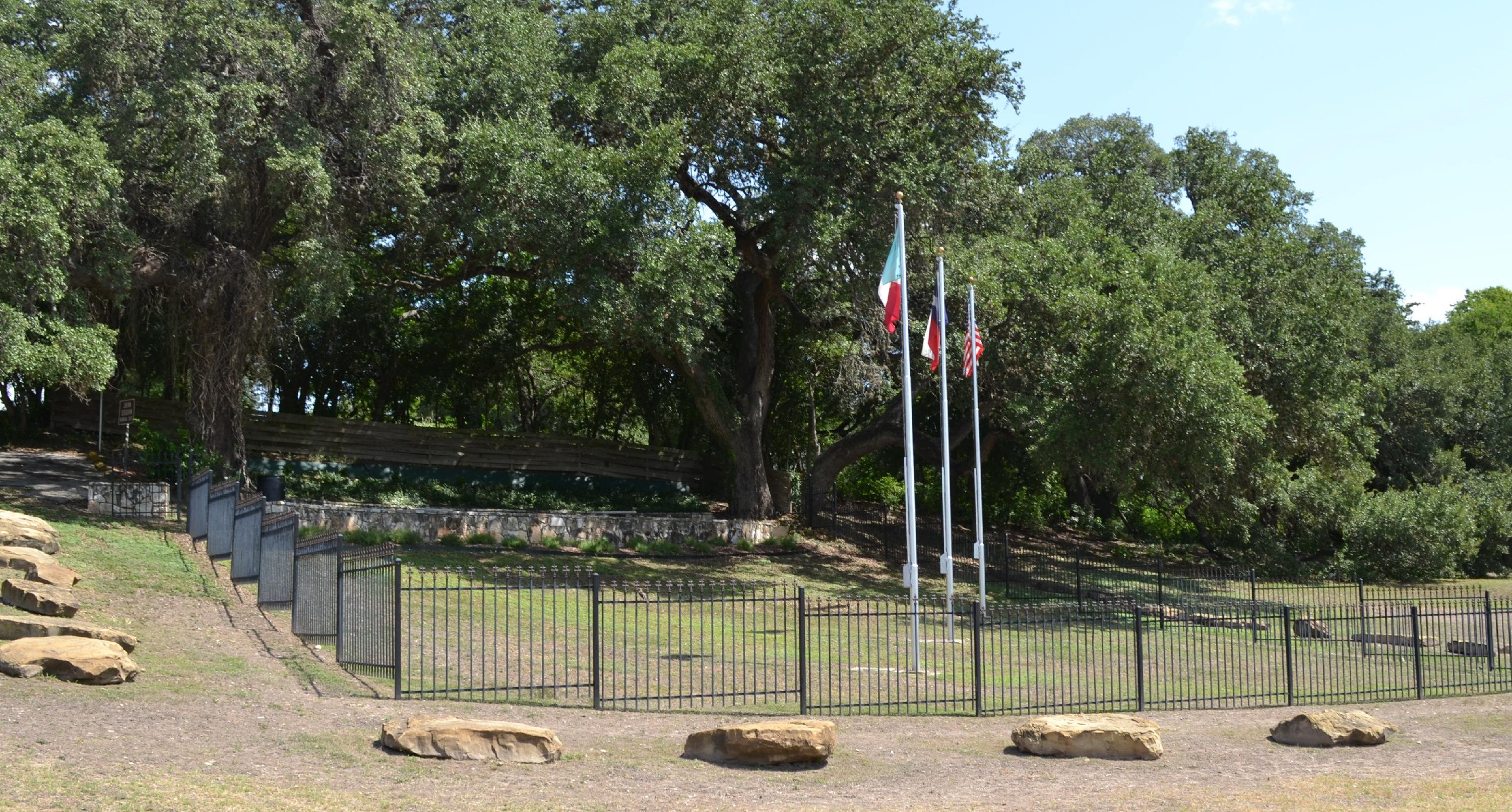

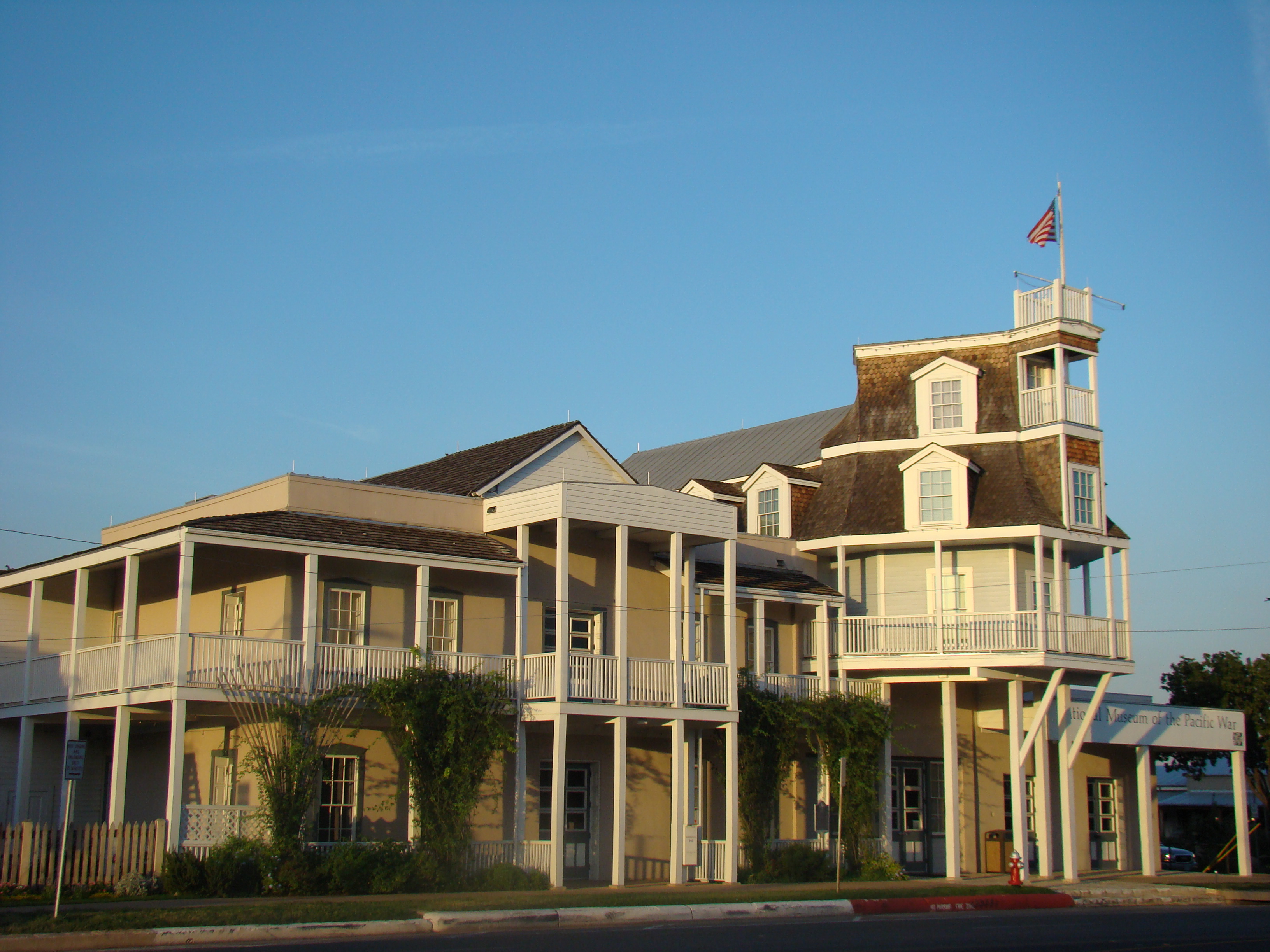 once the Nimitz Hotel, which was owned and operated by Chester Nimitz’s grandfather, and has been a Fredericksburg landmark since the 1800’s. It tells the story of the man who would rise to the position of Commander and Chief of the Pacific Fleet, an expert in submarine warfare, and the United States’ last surviving Fleet Admiral.
once the Nimitz Hotel, which was owned and operated by Chester Nimitz’s grandfather, and has been a Fredericksburg landmark since the 1800’s. It tells the story of the man who would rise to the position of Commander and Chief of the Pacific Fleet, an expert in submarine warfare, and the United States’ last surviving Fleet Admiral.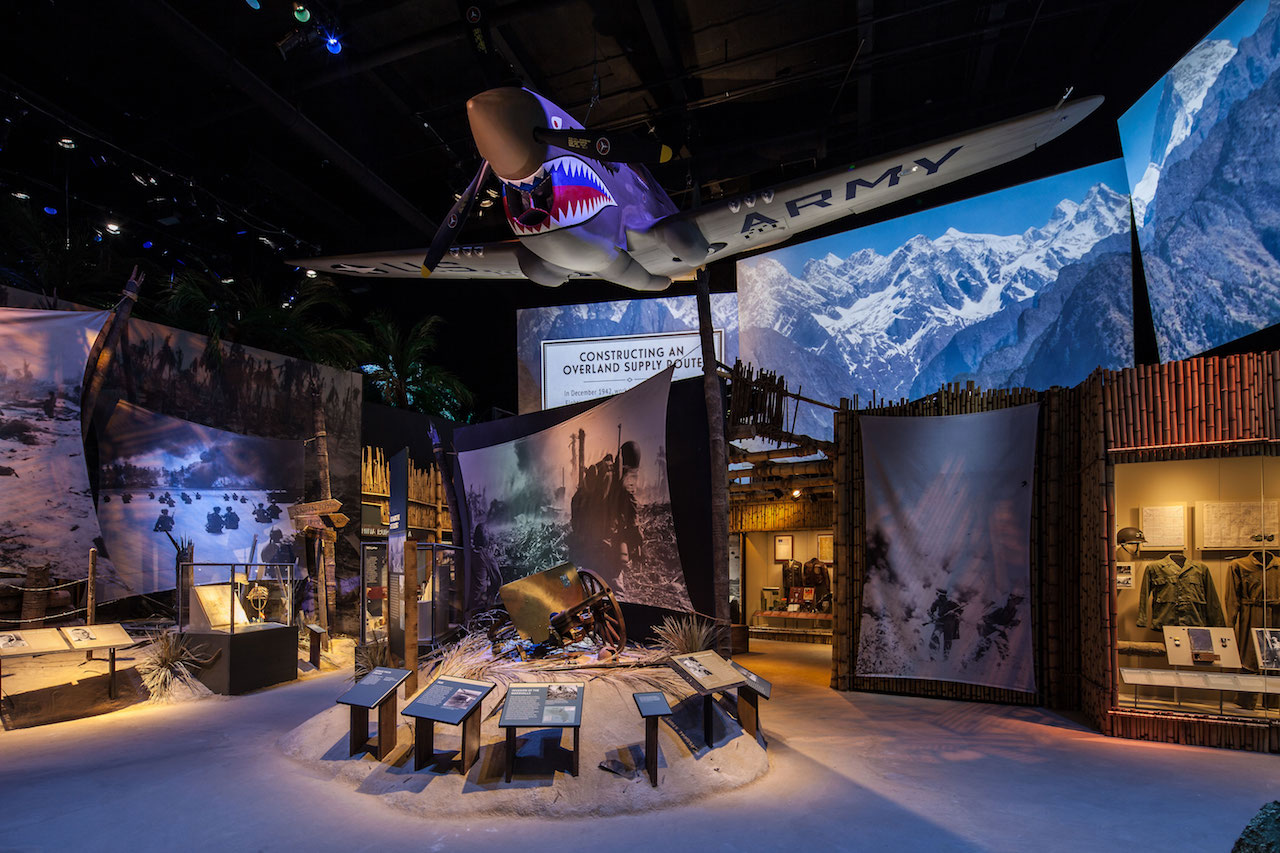 USS Missouri. The number and quality of artifacts showcased in the museum is astounding, and includes; planes, guns uniforms, maps, photographs, and even a Japanese submarine that was used during the Pearl Harbor attack.
USS Missouri. The number and quality of artifacts showcased in the museum is astounding, and includes; planes, guns uniforms, maps, photographs, and even a Japanese submarine that was used during the Pearl Harbor attack.  Some of the most moving and memorable artifacts are the media exhibits, testimonials, and letters, where the horrific battles are described by the servicemen who fought them.
Some of the most moving and memorable artifacts are the media exhibits, testimonials, and letters, where the horrific battles are described by the servicemen who fought them. 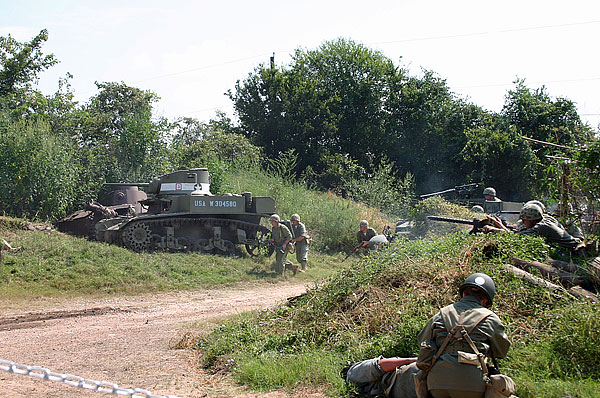 The Pacific Combat Zone is a two-acre self-guided exhibit, where you can; stand on the deck of a PT boat, walk through the hanger deck of an aircraft carrier, and see an actual battle play out right in front of your eyes. It is undergoing an eight million dollar muti-phase renovation, the first phase of which is already completed. The purpose of the Combat Zone is to take visitors into the War in the Pacific and show them what it was like for those that fought there. The living history shows take place on a mock-up of a Pacific beachhead and include reenactments that take place several times a year.
The Pacific Combat Zone is a two-acre self-guided exhibit, where you can; stand on the deck of a PT boat, walk through the hanger deck of an aircraft carrier, and see an actual battle play out right in front of your eyes. It is undergoing an eight million dollar muti-phase renovation, the first phase of which is already completed. The purpose of the Combat Zone is to take visitors into the War in the Pacific and show them what it was like for those that fought there. The living history shows take place on a mock-up of a Pacific beachhead and include reenactments that take place several times a year.